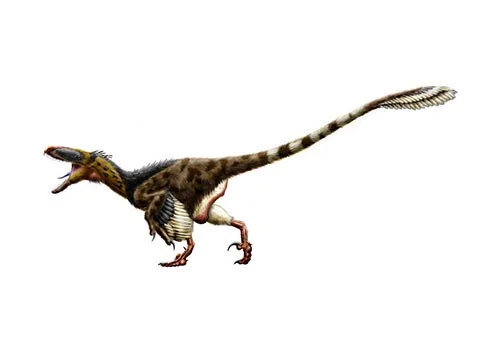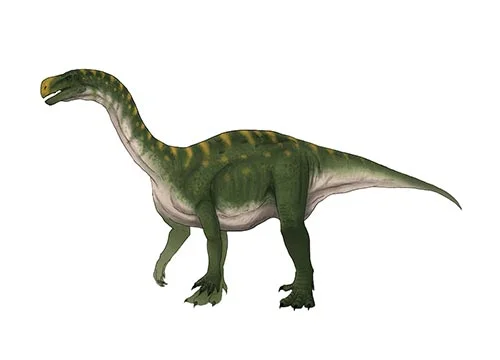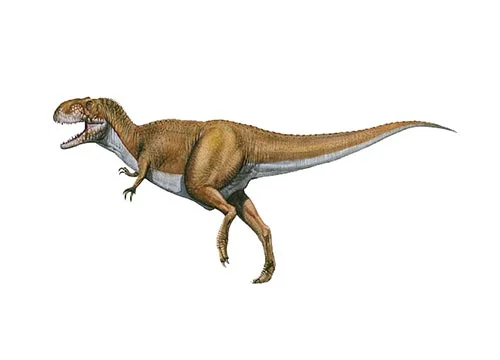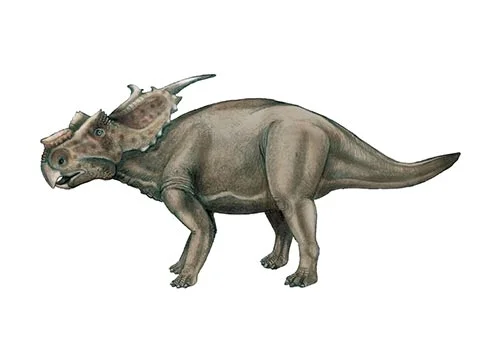Achillobator (Achilles hero)

Achillobator, also known as “Achilles hero,” was named by paleontologist Altangerel Perle, Mark A. Norell & Jim Clark in 1999. This carnivorous dinosaur lived during the Late Cretaceous, approximately 99-84 million years ago. Achillobator was a Large Theropod, estimated 6 meters in length. Achillobator fossil remains were found in Mongolia, Dornogovi Province - Bayan Shireh Formation, shedding light on the ancient ecosystems of this region and it is offering valuable insights into the prehistoric world and the evolution of Large Theropod dinosaurs.
Ah-kill-oh-bate-or
Altangerel Perle, Mark A. Norell & Jim Clark - 1999
Late Cretaceous, 99-84 million years ago
Achillobator Facts
In the annals of paleontology, some dinosaurs bear names that evoke images of legends and heroes. Among them is Achillobator, known as the “Achilles hero.” Named by paleontologists Altangerel Perle, Mark A. Norell, and Jim Clark in 1999, Achillobator stands as a testament to the formidable predators that once roamed the Earth. This carnivorous giant, which prowled the Late Cretaceous landscapes of Mongolia, offers a thrilling glimpse into ancient ecosystems and the evolution of large theropod dinosaurs.
Achillobator, or “Achilles hero,” was a carnivorous dinosaur that lived approximately 99-84 million years ago, during the Late Cretaceous period. This places it in a time when Earth’s continents bore witness to some of the most formidable and fearsome dinosaurs.
As a large theropod, Achillobator was no minor player in its ecosystem. Estimates suggest that it reached lengths of around 6 meters, making it a predator to be reckoned with. Its formidable size, sharp teeth, and powerful claws were characteristic features that made it an apex predator of its time.
Fossil remains of Achillobator were unearthed in Mongolia, specifically in the Dornogovi Province within the Bayan Shireh Formation. This discovery is of immense significance for our understanding of the ancient ecosystems that thrived in this region during the Late Cretaceous. Achillobator’s presence provides invaluable insights into the predator-prey relationships and environmental conditions that shaped its existence.
As a carnivorous dinosaur, Achillobator likely hunted a variety of prey, which may have included other dinosaurs. Its adaptations for predation, such as its sharp teeth and large claws, reveal the ferocity with which it pursued its meals.
Achillobator offers a unique window into the evolution of large theropods during the Late Cretaceous. Its anatomical features and ecological role provide critical data for understanding how these fearsome predators diversified and adapted to changing environments over millions of years.
Achillobator, the “Achilles hero” of the Late Cretaceous, may not be as renowned as some of its dinosaur counterparts, but its discovery in Mongolia’s Bayan Shireh Formation has greatly enriched our understanding of prehistoric life. This large theropod dinosaur provides essential insights into the ancient ecosystems of Mongolia during the Late Cretaceous and the evolutionary journey of formidable carnivorous dinosaurs.
As paleontologists continue to delve deeper into the story of Achillobator and its prehistoric world, our appreciation for the complexity of Earth’s history grows. Each discovery brings us closer to comprehending the enigmatic giants that once ruled our planet, reminding us of the awe-inspiring diversity of life that has inhabited our world over millions of years.



